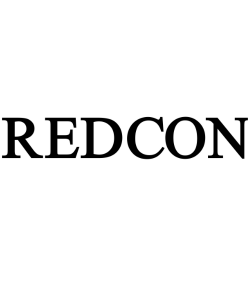
At issue is whether the tariffs will cause a one-time price increase or will lead to a lasting upturn for inflation
Consumer prices rise 2.7% annually in July, less than expected amid tariff worries

A widely followed measure of inflation accelerated slightly less than expected in July on an annual basis as President Donald Trump’s tariffs showed mostly modest impacts.
The consumer price index increased a seasonally adjusted 0.2% for the month and 2.7% on a 12-month basis, the Bureau of Labor Statistics reported Tuesday. That compared to the respective Dow Jones estimates for 0.2% and 2.8%.
Excluding food and energy, core CPI increased 0.3% for the month and 3.1% from a year ago, compared to the forecasts for 0.3% and 3%. Federal Reserve officials generally consider core inflation to be a better reading for longer-term trends.
A 0.2% increase in shelter costs drove much of the rise in the index, while food prices were flat and energy fell 1.1%, the BLS said. Tariff-sensitive New vehicle prices also were unchanged though used cars and trucks saw a 0.5% jump. Transportation and medical care services both posted 0.8% moves higher.
“The tariffs are in the numbers, but they’re certainly not jumping out hair on fire at this point,” former White House economist Jared Bernstein said on CNBC. Bernstein served under former President Joe Biden.
The report comes at both a critical time for the economy and the BLS itself, which has come under Trump’s criticism for what he has charged is political bias against him. Trump fired the prior BLS commissioner after a surprisingly weak July nonfarm payrolls report earlier this month, and on Monday said he would nominate E.J. Antoni, a critic of the bureau, as the new chief.
While the political jockeying has occurred, Fed officials have been watching inflation measures closely as they weigh their next interest rate decision in September.
At issue is whether the tariffs will cause a one-time price increase or will lead to a lasting upturn for inflation. Economists generally view tariff impacts as the former though the broad swath of items covered under Trump’s edicts have sparked worries that the effect could be longer lasting.
Futures market pricing is pointing strongly to a Fed rate cut in September. However, a raft of data between now and then could influence both the decision for that meeting and the central bank’s future course. Fed officials of late have been expressing increasing levels of concern about the labor market, which would bode for rate reductions.
The CPI is not the Fed’s primary inflation forecast tool. The central bank uses the Commerce Department’s personal consumption expenditures price index, but the CPI, as well as the producer price index that will be released Thursday, feeds into that calculation.





-1120252475029447.jpg)
-920252122624392.jpg)















